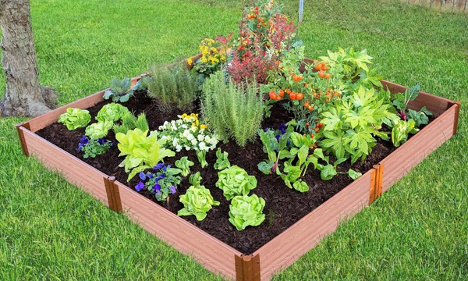Raised Garden Bed
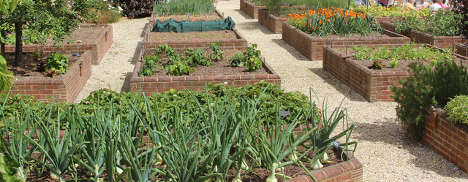
In my opinion, a raised garden bed is the best way to grow Vegetables in the Desert.
The soil in a raised bed is well aerated, which encourages healthy root systems and healthy soil.
Raised beds allows you to put your resources into a small area, allowing you to grow vegetables as frugally as possible.
Because fertilizers and water are applied only to the beds, there is very little waste of resources.
By Using Raised Beds, You can Grow up to 10 Times the Amount of Produce in the Same Space
You can also make the most of the entire growing season by using approaches such as cold frames, row covers and plastic channels.
If your existing soil is less than perfect, a raised bed may be your best choice.
Raised bed gardens are not walked on so the soil doesn’t compact.
There are so many pluses to using raised beds: they warm up early in spring, drain well, and can be intensively planted, which translates into growing more food in a smaller space.
Planning for the Raised Beds
Check out: Planning Your Garden
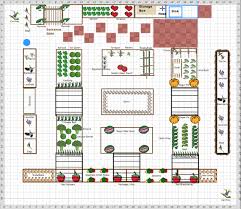
As usual in the desert garden, or any garden, planning ahead is essential. Deciding the location for your raised bed garden is one of the most important decisions you can make. Raised beds can go almost anywhere.
A great choice is a site that will not get too much shade or too much afternoon sun. 8 to 10 hours of sun would be perfect in most cases. A little afternoon shade would also be great, if the garden gets enough sun during the earlier part of the day.
Most Importantly put the Garden in an Appropriate Location that You Will Want to Visit Everyday.
Good air circulation is always welcome, but not too much wind, as it will dry out the garden.
A close source of water is very important. Check Out: Watering Your Garden
Another consideration would be the covenants of a Homeowners Association that would limit the placement of your garden bed.
Constructing Your Raised Bed
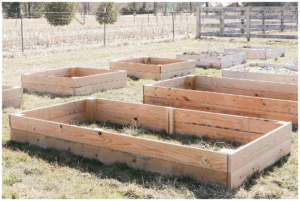
There are about as many different types and configurations for raised beds as your imagination will allow. They can be made from wood, large rocks, plastic, concrete blocks, bricks, hay bales, corrugated galvanized steel panels, logs, and a host of other supporting structures. Easy assembly pre-constructed raised beds available.
The best wood for raised beds is hard-wood and the best of the best is cedar. It’s naturally rot-resistant, doesn’t require chemical treatments, looks great, and will last for 10-15 years.
Raised beds are best kept to a maximum of four feet wide. It’s easy to reach the middle of the beds without stepping on the soil. Beds against a wall or fence should be about 2-3 feet wide, since you’ll only have access from one side. A 4-foot square bed will allow you to comfortably reach the middle from any side of the bed. It’s very important so that the soil in the bed does not get compacted from your standing weight.
You can make your bed as long as you like or build multiple raised beds for different crops.
It’s Critical to Plan Work Space Around the Raised Beds
If you plan several raised beds, keep in mind that you will need room around the beds to tend them and for tools, such as wheel barrels or garden carts. A minimum of 24” is good and more room would be even better. If you have the space, three-foot paths are ideal. Many mature plants will hang outside of the raised bed making the path space tight.
Prefab Beds are an Easy Way to Get Started with Raised Beds
To See More Click on Image Below:
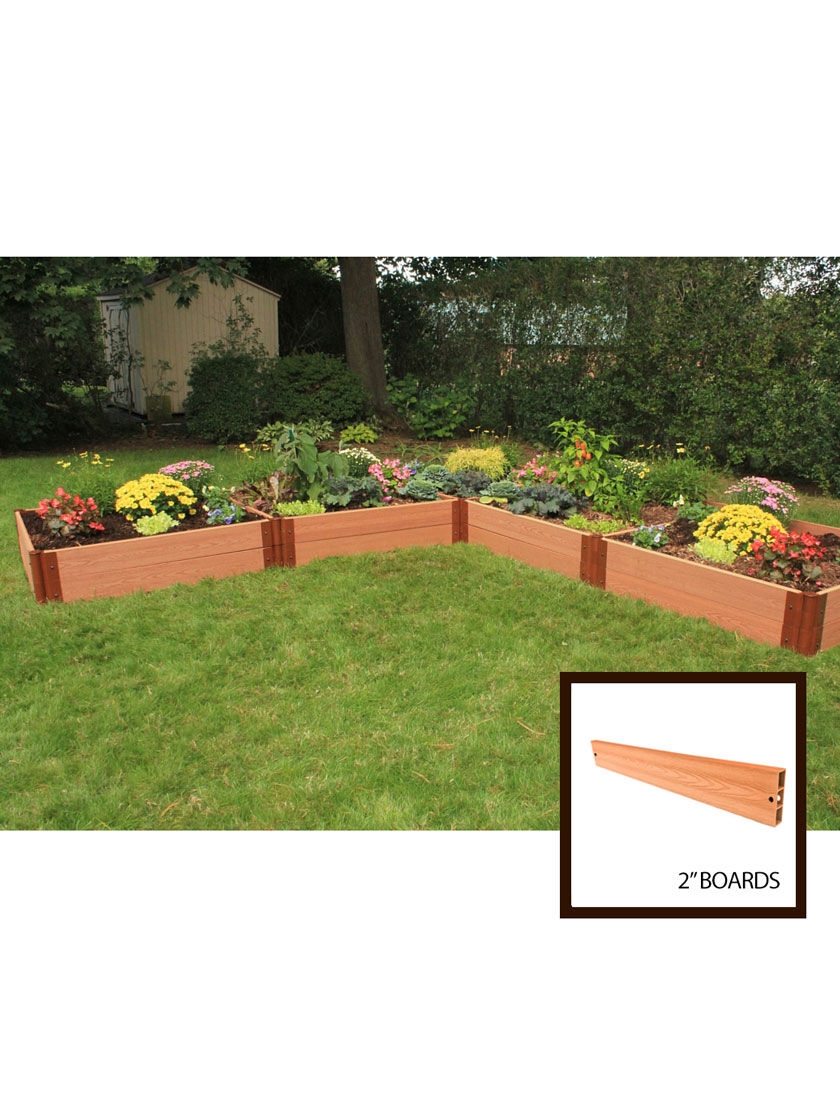
A Bed Depth of 12 Inches is Ideal for Most Plants.
The depth of the bed can vary, but 6 inches of soil should be the very minimum. Most garden plants need at least 6 to 12 inches for their roots, so 12 inches is ideal, and even more is good for good drainage and plenty of room for deep growing roots. This deep rooting makes plants resistant to drought and it also helps the plants anchor themselves more securely, which is important in the windy desert.
Lay down a thick layer of cardboard in your raised garden beds to kill the grass. It is safe to use and will fully decompose, but not before killing any grass below it. The cardboard also provides compost and food for worms.
Fill the bottom of your raised garden with a layer of leaves, grass clippings, straw, wood chips and other organic materials, with a layer of cardboard on top. Next, add your soil. This mixture will break down into rich compost over time. The Art of Composting blog will help you to create incredible rich healthy organic soil.
Fill your beds all the way up. They don’t need to be overflowing, but at least up to within a couple inches of the top. When you first water the bed, it will compact and sink down a little. Depending on how much it sinks, you may want to top it off with another layer of compost.
The soil blend that you put into your raised bed is its most important ingredient. More gardens fail due to poor soil than almost anything else. Fill the beds with a mix of topsoil, Preparing the Soil compost, The Art of Composting and other organic material, to give your plants a nutrient-rich environment.
Add a layer of organic mulch or plant a cover crop at the end of your growing season. Soil that is exposed to severe winter weather can break down and compact much faster than soil protected by mulch or a cover crop.
Filling the Raised Bed
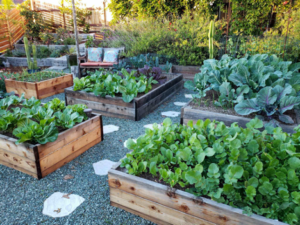
Traditional gardens are great, but there’s something to be said for raised bed gardens:
Grow more food in less space in a Raised Bed.
Tailor the soil precisely to your needs.
Cut down the amount of space for weeds to grow.
The soil in raised bed warms and dries out earlier in the spring than regular garden beds, so you can get planting sooner.
Garden without fighting rocks and roots.
The soil in raised beds stays perfectly aeriated since it doesn’t get walked on.
